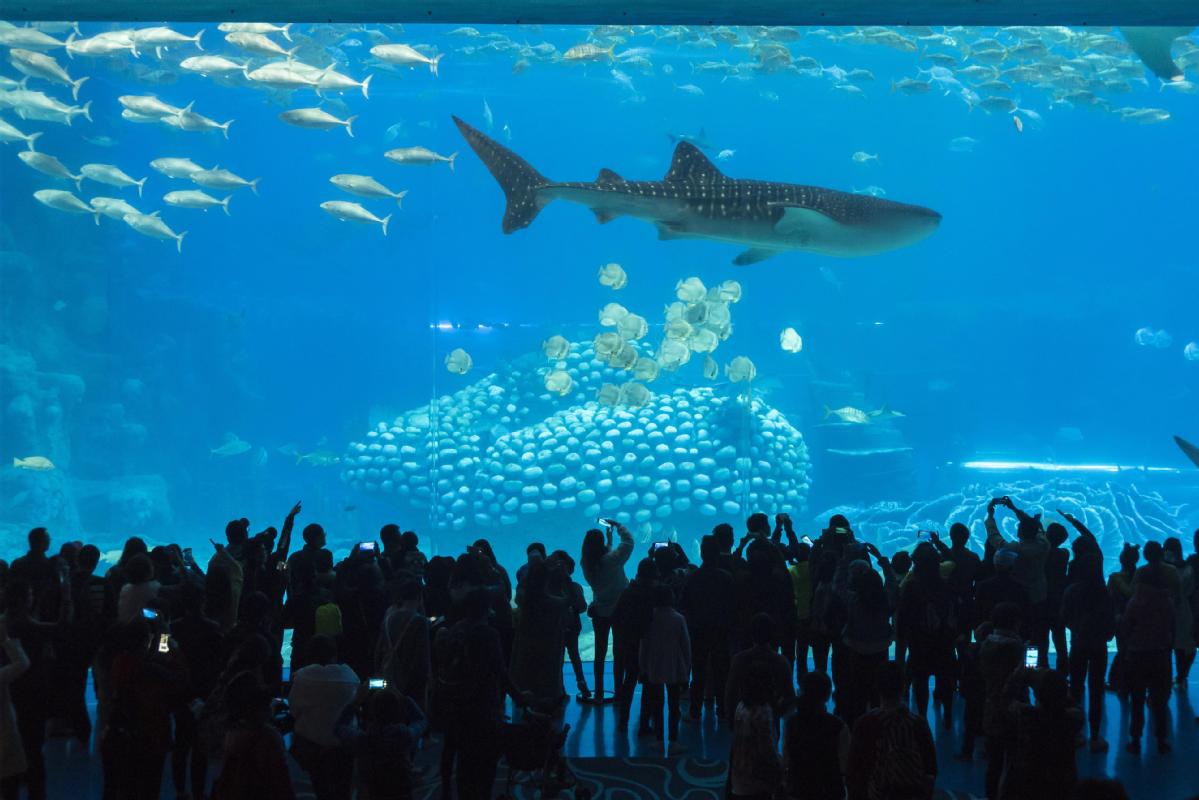Leisure pleasure


This year's top 10 domestic seaside destinations were Sanya, Xiamen, Qingdao, Zhoushan, Haikou, Qinhuangdao, Zhuhai, Dalian, Ningbo and Beihai.
The top 10 cities producing seaside travelers were Shanghai, Beijing, Sanya, Nanjing, Hangzhou, Zhengzhou, Xi'an, Shenzhen, Tianjin and Wuhan.
Although they may not be as globally well-known as the Maldives or Bali, Indonesia, the islands in China enjoy tremendous potential for tourism, according to experts.
More than 11,000 islands dot the country's territory, mostly located in the provinces of Zhejiang, Fujian and Guangdong in the east and the south, according to China's State Oceanic Administration.
Natural attractions and cultural sites officially recognized on those islands, excluding islands in Taiwan, Hong Kong and Macao and the provincial island of Hainan, totaled 1,028 and 775, respectively, at the end of 2017, with 72 beach resorts operating, according to Qianzhan Industry Research Institute.
These islands received 98.36 million travelers and generated an added value of 89.7 billion yuan ($13.02 billion) from tourism in 2017, said Mu Xiaofei, a researcher with Shenzhen-based Qianzhan Industry Research Institute.
Investment in island tourism has kept increasing and with supportive policies, improving infrastructure and competitive pricing, this sector has strong growth potential, Mu says.
The policies include the national 13th Five-Year Plan (2016-20), which calls for innovation in market-oriented distribution of resources related to sea and islands. There are also 13th Five-Year Plan policies for the tourism sector, which encourages investment in island tourism, and policies for turning Pingtan in Fujian province and Hainan into international tourist destinations.


















